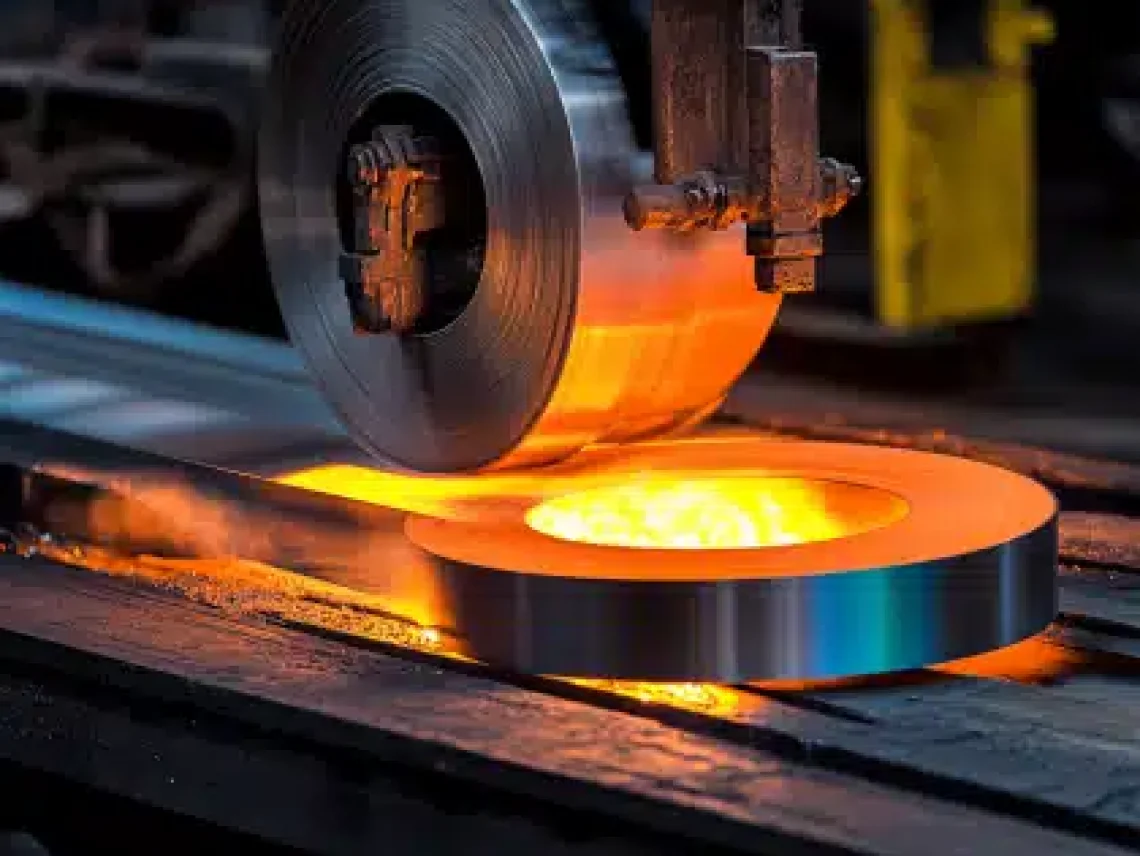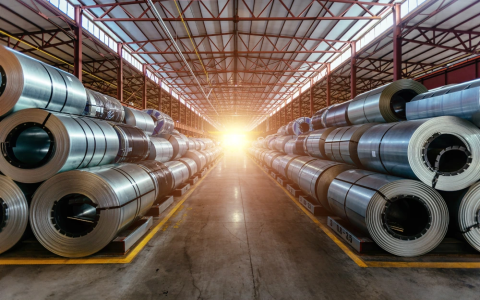Well, let me tell ya ’bout this hot rollin’ steel thing, ya know? It ain’t rocket science, but it ain’t exactly easy peasy neither.
What is this hot rollin’ all about?


First off, they get this big ol’ chunk of steel, like a big ol’ brick, they call it a slab. Now, this slab ain’t perfect, mind you. Sometimes it’s got bumps and boo-boos on it, so they gotta clean it up, ya see? They call that “scarfin’” or somethin’. Just imaginin’ it, they gotta grind it all nice and smooth, like gettin’ rid of them nasty knots in wood before you start whittlin’. Gotta get it all pretty-like before the real work begins.
Then, they gotta heat that slab up somethin’ fierce! It gets hotter than a summer day in July, hotter than my old wood stove when I’m makin’ biscuits. Why so hot, you ask? Well, that’s how they make it bendy, ya see? If it ain’t hot, it’s gonna crack and break like an old dried-up gourd. They gotta get it so hot that it’s kinda like playdough, all soft and mushy, ready to be shaped.
Now comes the rollin’ part.
They got these big ol’ rollers, like giant rolling pins, but made of steel and strong as an ox. They squish that hot steel slab between them, again and again. It’s like when I make them dinner rolls for the church potluck, only a whole lot bigger and hotter! With each pass, the steel gets thinner and longer, stretched out like a piece of taffy. They do this until they get just the right size and shape they want.
- First, they flatten it out
- Then, they make it thinner
- And finally, they make it into whatever they need
This whole hot rollin’ thing, it ain’t just for one kinda steel, ya know? They can make all sorts of stuff this way. They can make big sheets of steel, like for the sides of them tractor trailers, or they can make long thin rods, like for them rebar things they use in construction, you seen that at them construction sites they are putting these all over that new church downtown. It’s all about how they squish it with them rollers, see?
Why bother with this hot rollin’ stuff?


Well, for starters, it’s cheaper than other ways of makin’ steel. And it’s faster too. They can crank out a whole lotta steel this way, enough to build a whole town, I reckon. Plus, it makes the steel strong, ya know? It gives it good bones, like my mama used to say, a good strong woman needs good bones to stand strong. This hot rolled steel is tough stuff, able to stand up to a whole lot of wear and tear. That’s why they use it for so many things.
Energy and Savin’
Now, heatin’ up all that steel takes a powerful lot of juice, you betcha. It’s like keepin’ that stove burnin’ all day and all night. So, them smart fellas, they’re always lookin’ for ways to use less energy, ya know, to save a few pennies here and there. They’re tryin’ to be more efficient, like me when I’m savin’ my bacon grease to use later. They want to get the job done without wastin’ so much heat. And they care about not lettin’ out too much of that bad stuff into the air, the stuff that makes it hard to breathe sometimes. They’re tryin’ to be good to the earth, ya see?
Learn More?
There’s a whole lot more to it, of course. Folks go to school to learn all about the fancy details, the “metallurgical and quality requirements” as they say. But that’s the gist of it, plain and simple, the way I see it. It’s just like makin’ biscuits, only bigger, hotter, and a whole lot louder.
Strong and Lasting


So next time you see somethin’ made of steel, a building, a car, or even just a little ol’ nail, you think about that hot rollin’ process. Think about that big ol’ slab of steel gettin’ heated up and squished between them giant rollers. It’s a tough job, makin’ steel, but it’s important work. It gives us the things we need to build our lives, strong and lasting, like a good marriage, or a well-built barn.
Tags: [Steel, Hot Rolling, Steel Manufacturing, Metal Forming, Industrial Process, Steel Production, Metallurgy, Rolling Mills, Steel Properties]



